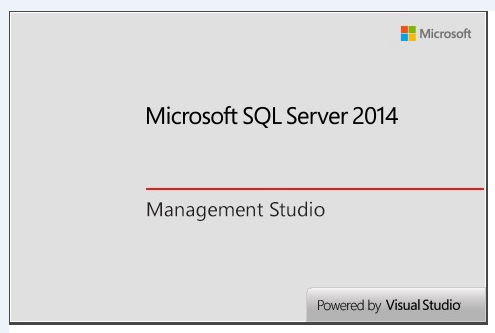Microsoft SQL Server 2014 released to manufacturing

Microsoft released to manufacturing the latest version of its SQL Server database, SQL Server 2014, on March 18. SQL Server 2014 will be available to customers as of April 1.

The newest version of SQL Server's biggest new feature is its built-in in-memory online transaction processing (OLTP) capability, which Microsoft has said can improve database performance up to 30 times (not 30 percent -- 30 times) without any code changes to existing applications or hardware. The in-memory OLTP engine is codenamed "Hekaton." The Hekaton capabilities are designed to complement the in-memory data-warehousing and business-intelligence capabilities that are already in SQL Server.
Hekaton was developed jointly by members of Microsoft's SQL Server team, in conjunction with Microsoft Research's Database Group over the past five years.
With traditional database models, "the assumption is that data lives on disk and is stored on disk pages,” said Paul Larson, a principal researcher with MSR's Database Group, in a Microsoft-authored article about the making of Hekaton on the MSR site. “This creates a lot of overhead when you try to access records. When data lives totally in memory, we can use much, much simpler data structures. Hekaton’s index data structures and storage structures are optimized on the basis that when a table is declared memory-optimized, all of its records live in memory.”
The team working on Hekaton worked to develop new concurrency-control mechanisms to remove barriers to scalability. They moved away from a partitioned approach via which a multicore processor was treated as a distributed system, to a latch-free/lock-free design. (Latches are synchronization mechanisms designed to avoid data corruption caused when multiple users try to modify a data structure concurrently, according to Microsoft's article on Hekaton.)
Researchers in the MSR Database Group, along with those in the Communication and Storage Systems Group, also had been working on an indexing system for high-speed data access, which they referred to as the "Bw-tree." The BW-tree delivered much improved processor-cache performance, the teams discovered. That work also factored into the final SQL Server 2014 product.
SQL Server 2014 also was designed to back up more simply and seamlessly to Windows Azure, enabling users to back up their on-premises data to the cloud at an instance-level for disaster-recovery purposes. Backups can be automatic or manual, and a backup can be restored to a Windows Azure Virtual Machine, if need be.
Microsoft released a first Community Technology Preview (CTP) of SQL Server 2014 in June 2013. It released a second CTP late last year.
There's a Microsoft YouTube video with more on how Microsoft's teams created Hekaton and what it can do.
Update: If you're wondering if all SQL Server 2014 users will get the Hekaton/OLTP capabilities, the answer is no. Courtesy of reader Brian Hussey (@BLHussey), here's the chart of SQL 2014 features organized by edition. Under "Scalability and Performance," Microsoft reveals that only the Enterprise version of SQL 2014 includes Hekaton support. The Standard, BI, Web and Express SKUs do not.